7.15am, Southwark, London: Battersea may have the ritzier penthouse apartments but, a few miles across south London, it is another of London’s reformed, former coal-fuelled power stations that we have chosen as the departure point of what should be a very special journey.
We will be tackling it in the grandest of modern, electric grand touring coupés. Visible through the windscreen of the new Rolls-Royce Spectre and the dankness of a November metropolitan morning, what was once Bankside Power Station – now, of course, the Tate Modern art gallery – can still just about hold its own among the neighbouring high-rises of the city’s ever-climbing skyline.
Some 40 years older than its more fashionable equivalent in SW11, this is a monument to a time, in the late 19th century, when the UK’s capital city was giddy with the first flush of infatuation for electricity. Finished in 1891 to supply power (mostly for street lighting) to the City of London just across the Thames, it became like an enormous electromagnet for young engineers who wanted to learn about ‘the new-fangled electricity’, and its potential to revolutionise the world.
A young Henry Royce (later to become Sir Frederick Henry Royce, first baronet, OBE) might have been one of them, but having spent several years working in London already, his fast-moving career had by then spirited him off in a few different directions – directions that we are about to retrace.
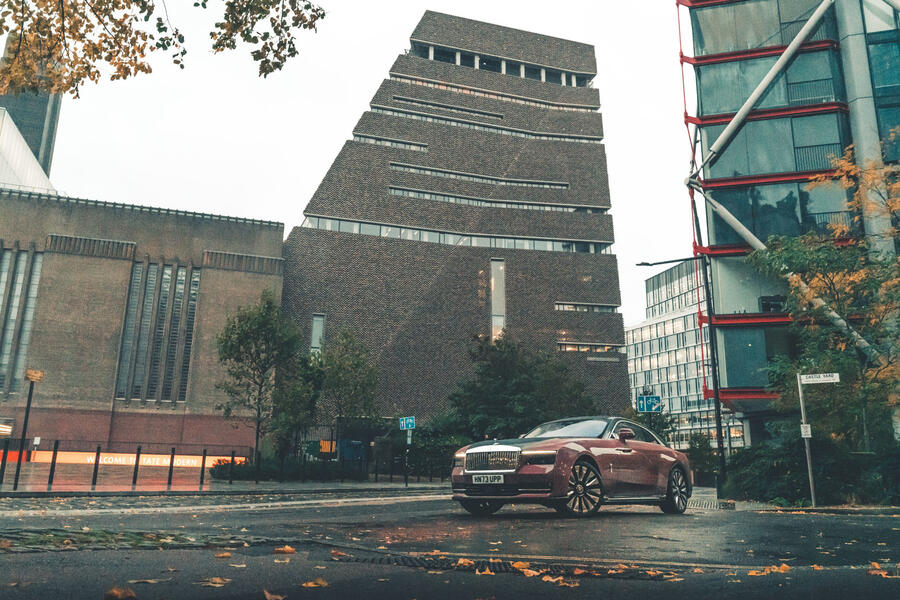
Royce is primarily thought of as a mechanical engineer – of cars, and then of aero engines. But before any of that, he was one of Britain’s pioneer electrical engineers – and if he hadn’t been, his outlook on so much else that he would later produce might have been very different.
The life story of Royce, who rose out of the unimaginable poverty of the clogged, filthy streets of 1870s London to become one of Britain’s greatest engineering minds of the 20th century (and father of the Rolls-Royce Merlin aero engine so critical to Britain’s World War II effort), is like no other.

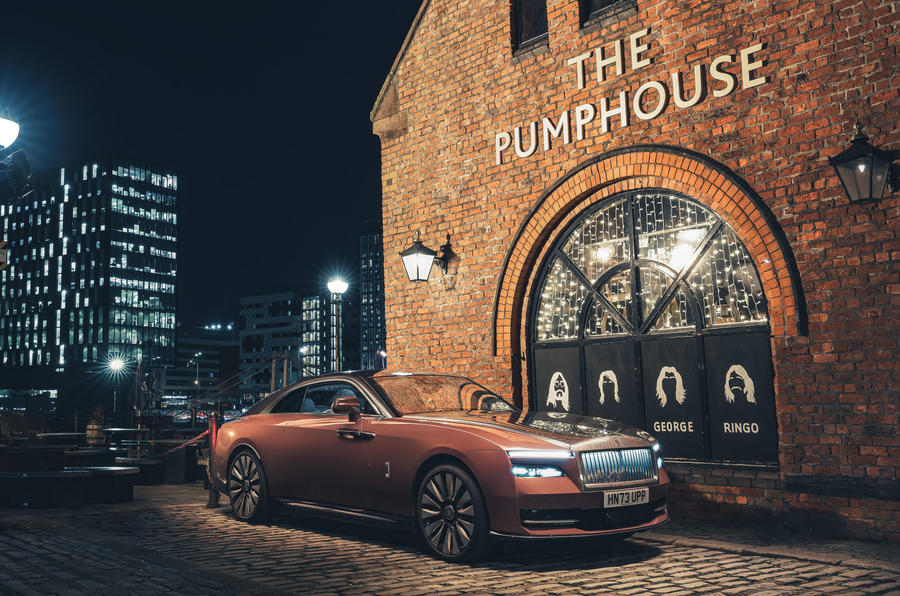


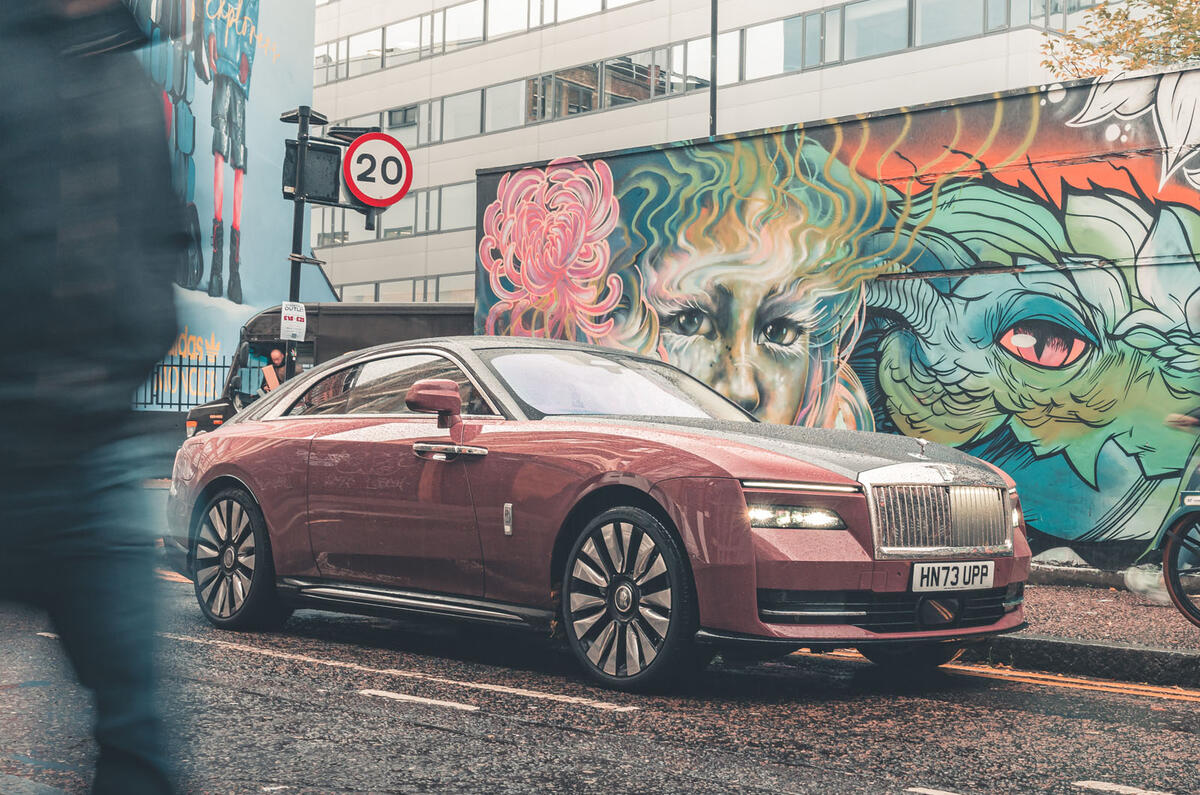
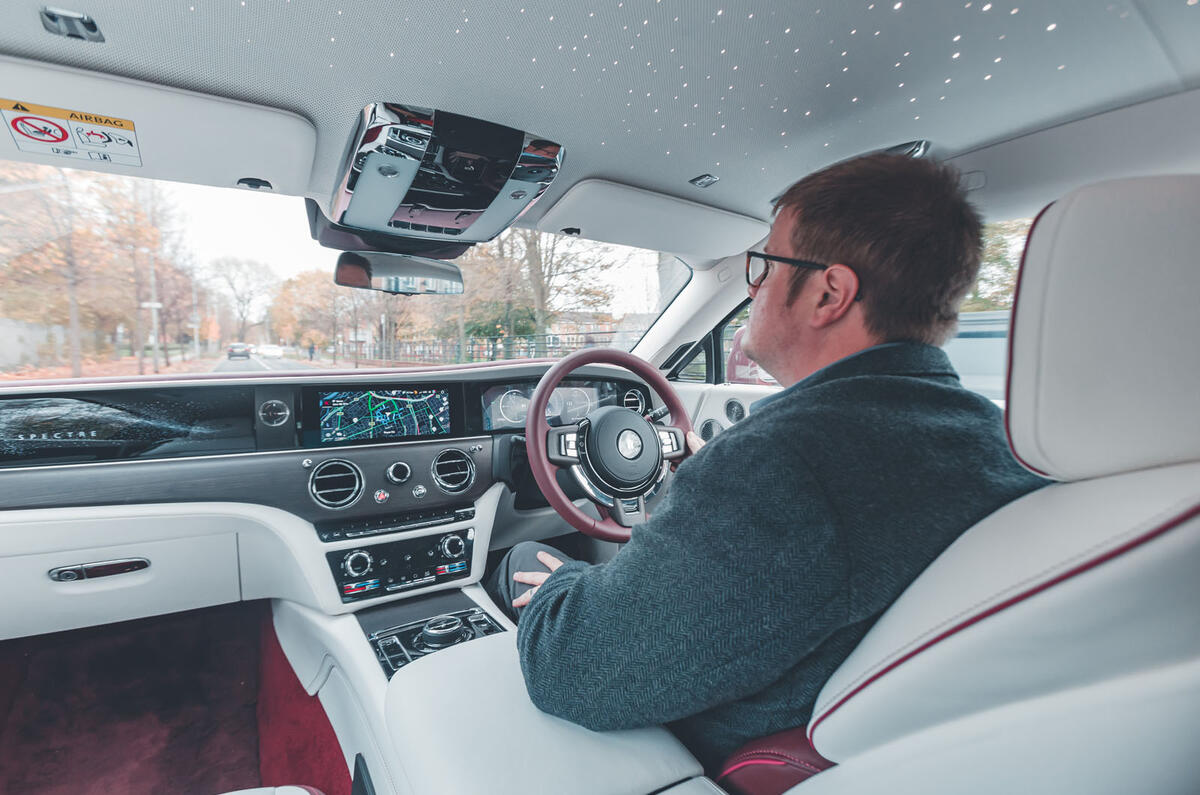











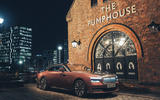
















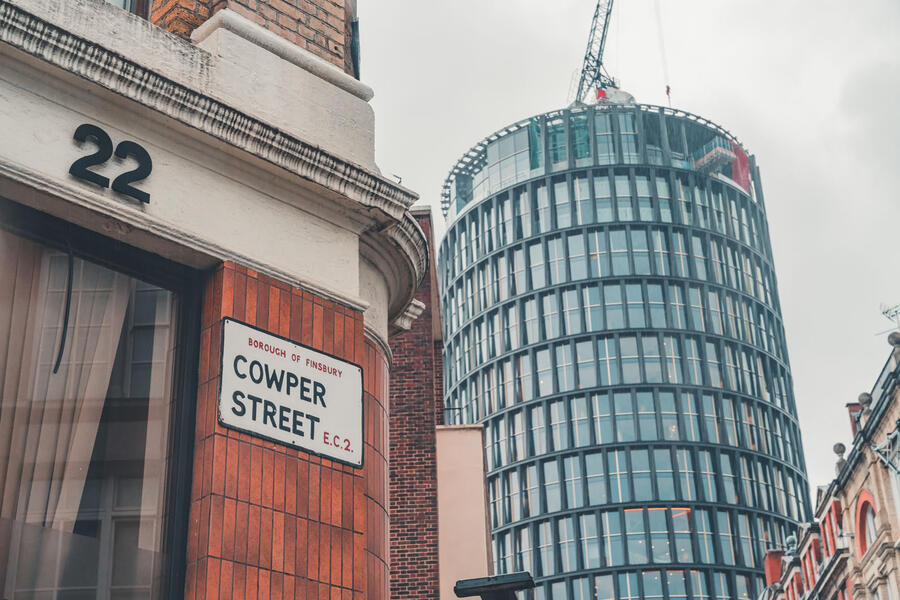
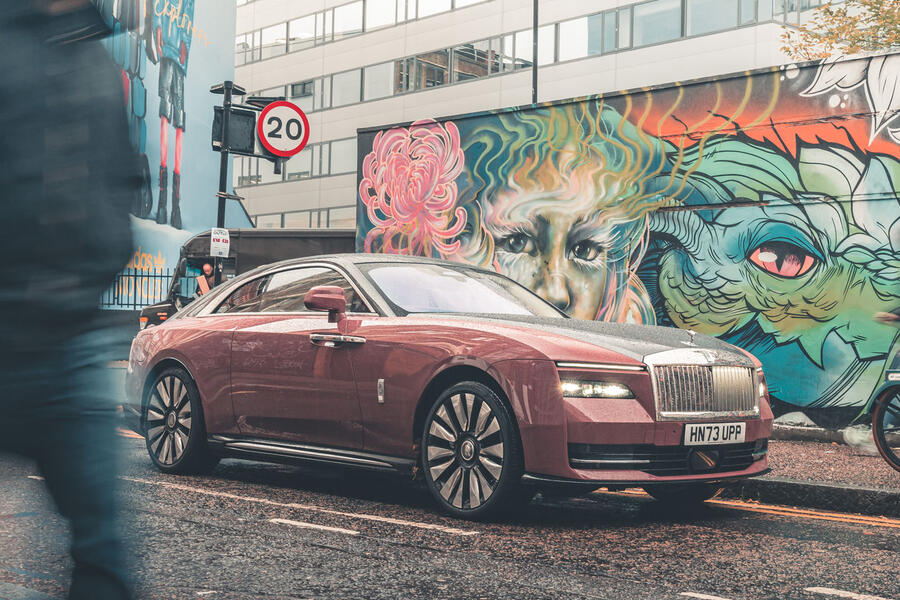

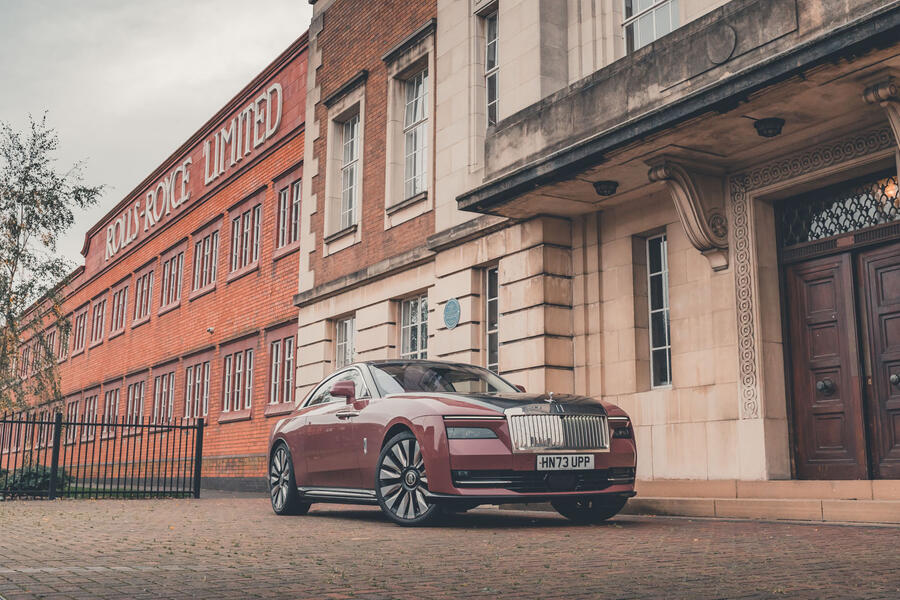
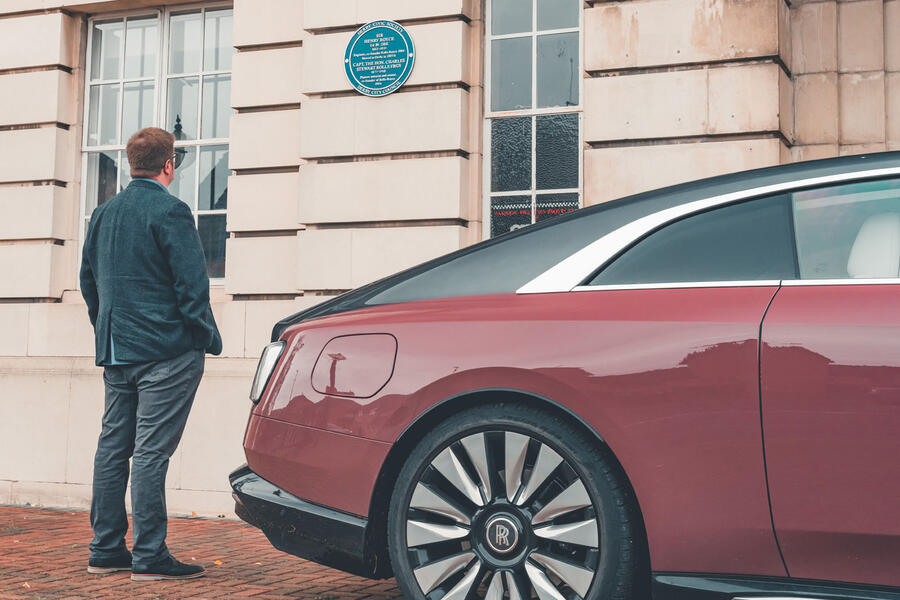
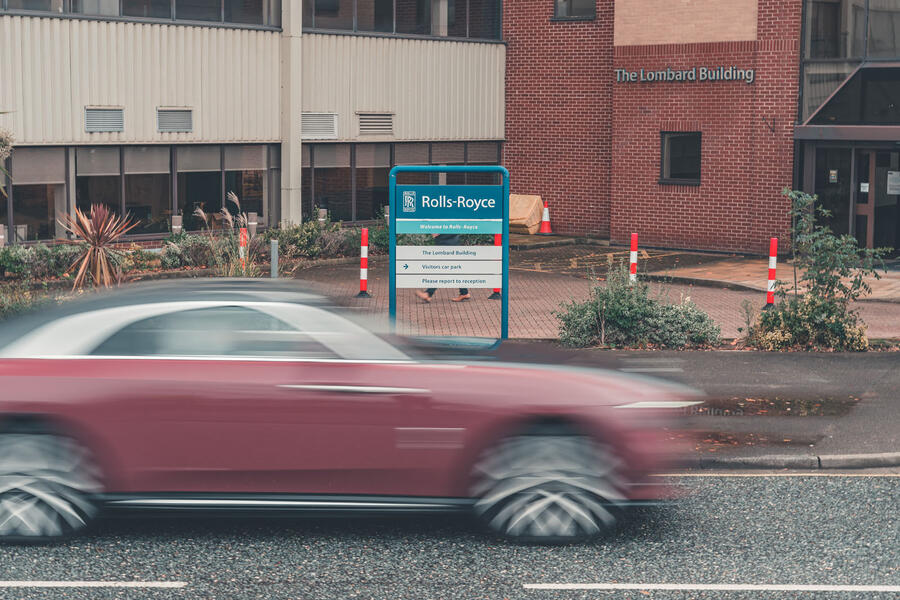
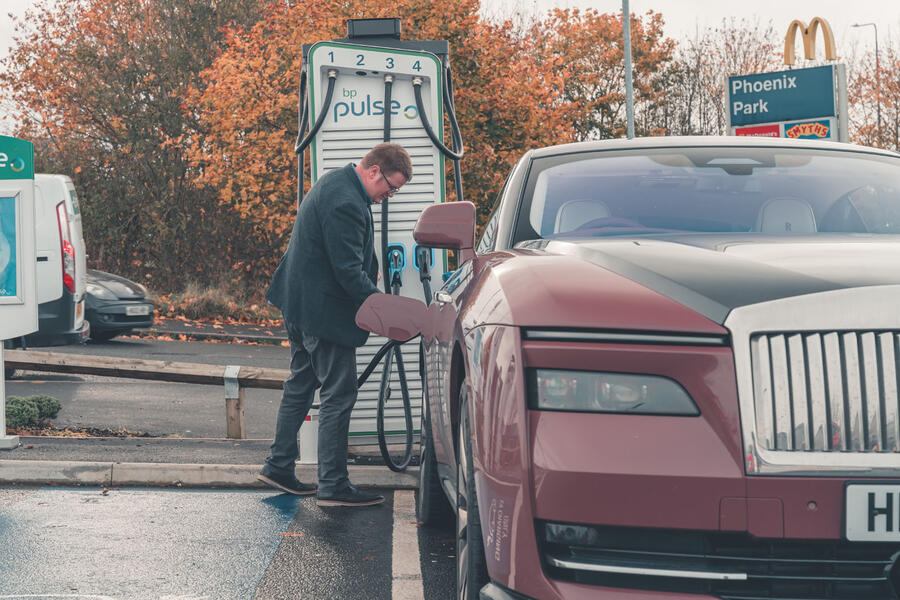
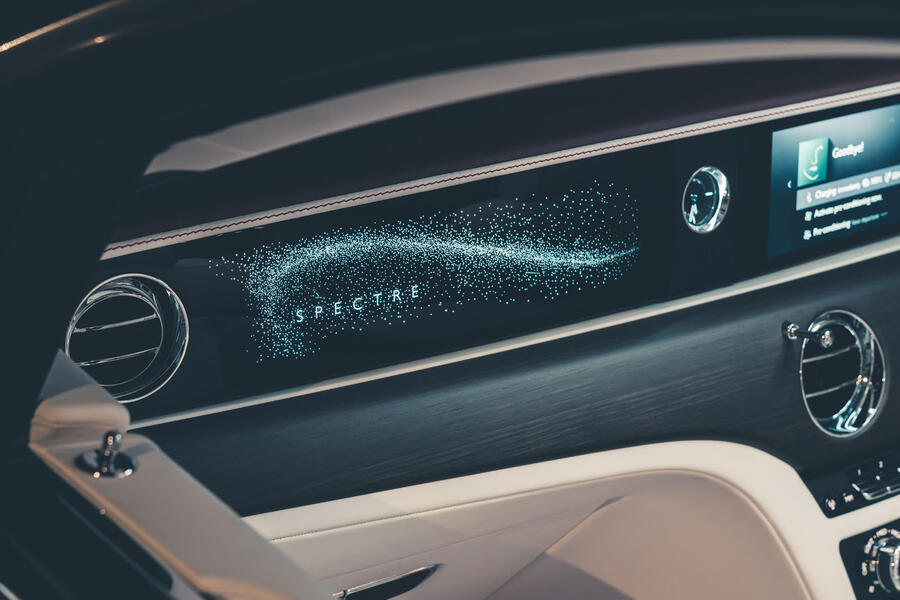
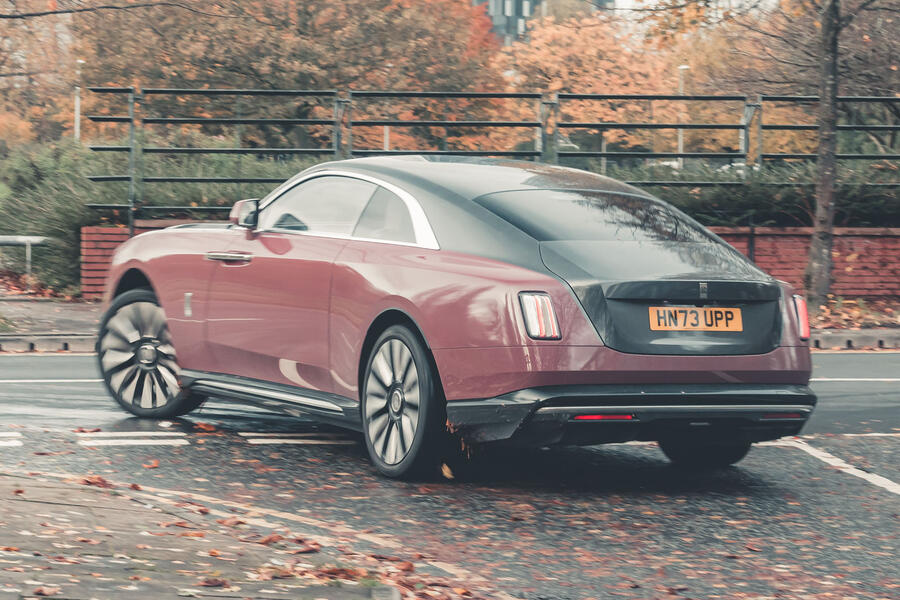
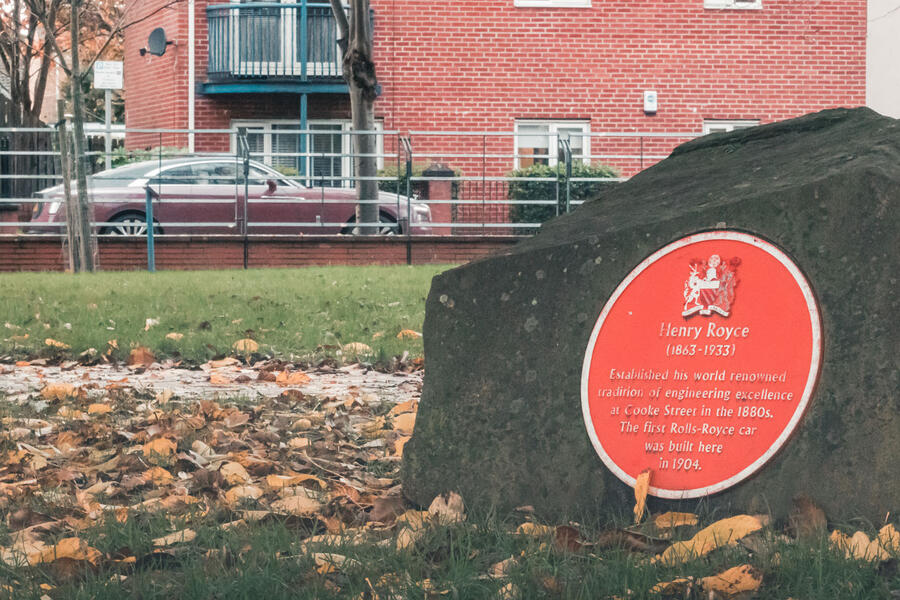
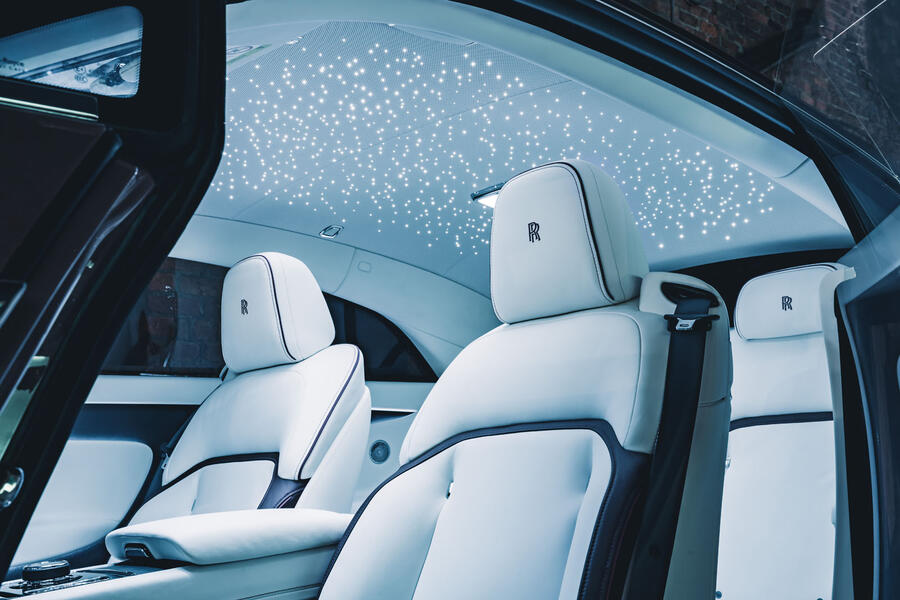
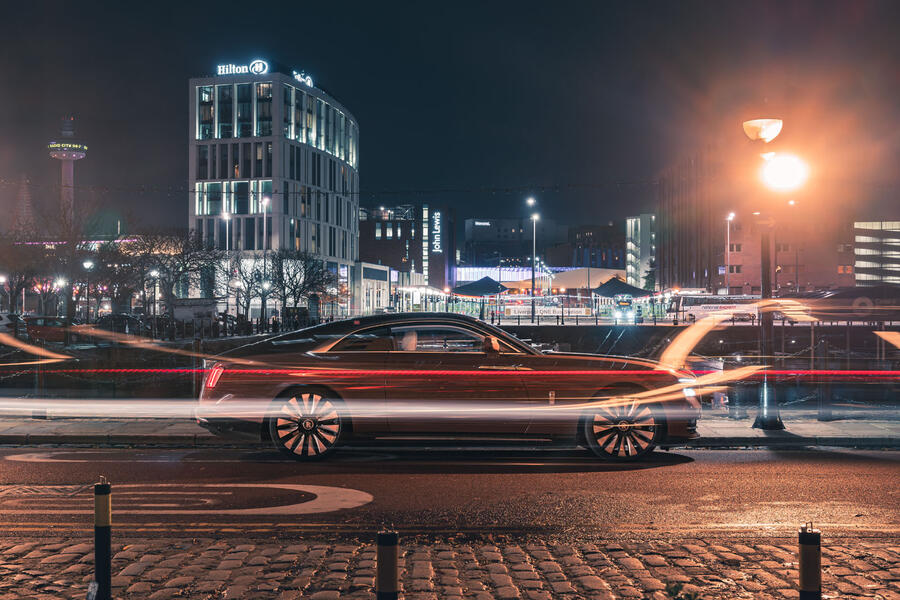






Join the debate
Add your comment
Curiously flat and washed-out pix in this article.
Intentional or wrong exposures?
Not so sure about video-game sound effects either.
I'm normally critical of Autocar cut and paste of manufacturer press releases approach to articles (and Matt Prior moaning about touchscreens) but this was a thoroughly interesting read. Great stuff.